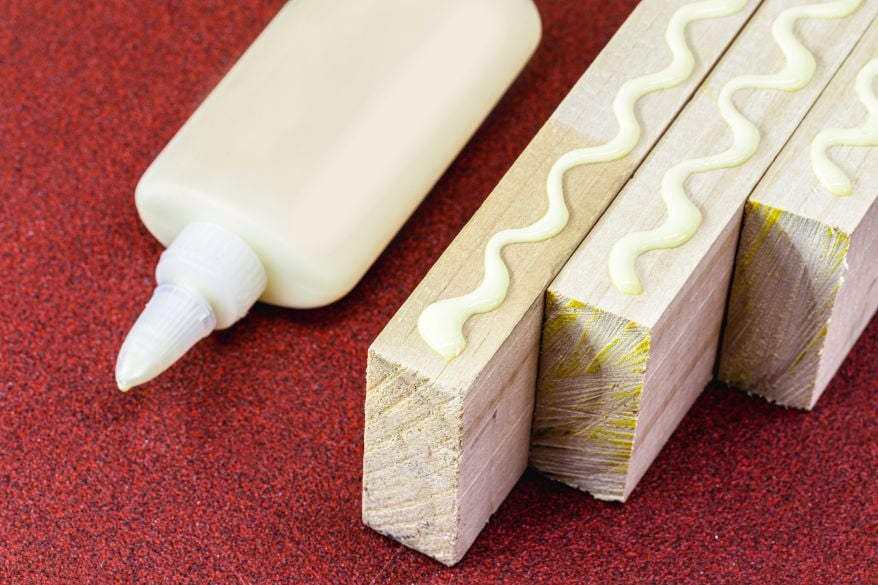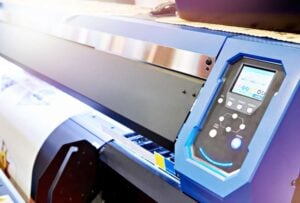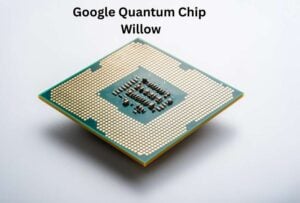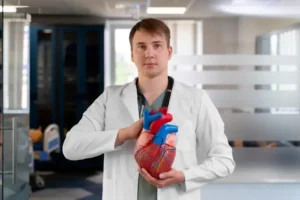Reversible Adhesion: Innovating Sustainable, Repairable Materials
In the ever-evolving world of materials science, researchers have set their sights on a groundbreaking challenge: designing adhesives that can be reused and dismantled on demand. Conventional adhesives, once cured, form permanent bonds that can impede disassembly, recycling, and material reuse. However, a team of scientists has now discovered a promising solution: harnessing the power of reversible bonds to create a new generation of sustainable adhesives.
What is Reversible and On-Demand Adhesion?
Reversible adhesion is a powerful technology that allows materials to stick together strongly but can also be separated easily when needed. This is very important for making products that can be taken apart and recycled or repaired. Especially in electronics and manufacturing. Traditional adhesives form permanent bonds, so once the parts stick together, separating them causes damage. Scientists are now working on special adhesives that can bond materials firmly but then come apart when triggered by specific signals like heat or chemicals.
The Role of Host–Guest Complexes in Adhesion
One exciting method involves host–guest complex formations. These complexes happen when two specially designed molecules come together to create a reversible bond at the interface between polymers. The host molecule acts like a container, while the guest molecule fits inside it like a key in a lock. This reversible bonding allows the materials to stick and separate on demand. Hence, this could revolutionize how we build electronic devices and other products.
Tuning Polymer Properties to Improve Adhesion
The success of these adhesives depends on controlling the polymers’ properties, especially the glass transition temperature (Tg). Tg affects how flexible or rigid polymer chains are at room temperature, which impacts their ability to move around and form bonds. By adjusting Tg, researchers can balance strong adhesion with easy separation. This means these materials allow products to bond securely during use yet be dismantled later without losing quality.
Molecular-Level Insights with Neutron Scattering
The team used advanced techniques like neutron scattering to observe how these adhesives behave at the molecular interface when sticking or peeling occurs. This detailed understanding helps in designing better reusable adhesives for various applications.
How Researchers Study Polymer Behavior at Interfaces
The study of these innovative adhesives involves advanced techniques such as Neutron Reflectometry (NR). NR uses neutrons as probes to examine tiny details about how polymer chains mix and interact at their boundaries. Through deuterium labeling—a method that marks parts of polymers—researchers observe how polymers diffuse across interfaces and how reversible bonds impact this movement. These insights help scientists design better adhesives with tailored strengths and reversibility.
Tensile Testing Demonstrates Reversible Adhesion Strength
Tensile testing measures how much force an adhesive bond can withstand before breaking. In experiments with host–guest polymers, varying the composition showed different adhesion strengths corresponding to their Tg values. These tests confirmed that by carefully designing polymers with host–guest chemistry, strong yet reversible bonds are achievable. Under controlled conditions, like changing temperature or applying chemicals.
The Promise of Sustainable Manufacturing
This new approach offers significant benefits for sustainability. Products built with these reversible adhesives allow easy disassembly for repairing, recycling, or upgrading components. This helps reduce waste and conserves resources by enabling multiple life cycles for electronics and other goods.
Reference
- Yamaoka, K., Wada, T., Ogasa, I., Komyo, T., Luo, C., Ikura, R., Hino, M., Yamada, M., Seto, H., Fujii, Y., Uetsuji, Y., & Takashima, Y. (2025). Supramolecular interface engineering via interdiffusion for reusable and dismantlable polymer adhesion. Advanced Materials. https://doi.org/10.1002/adma.202507939
Additionally, to stay updated with the latest developments in STEM research, visit ENTECH Online. Basically, this is our digital magazine for science, technology, engineering, and mathematics. Furthermore, at ENTECH Online, you’ll find a wealth of information.






